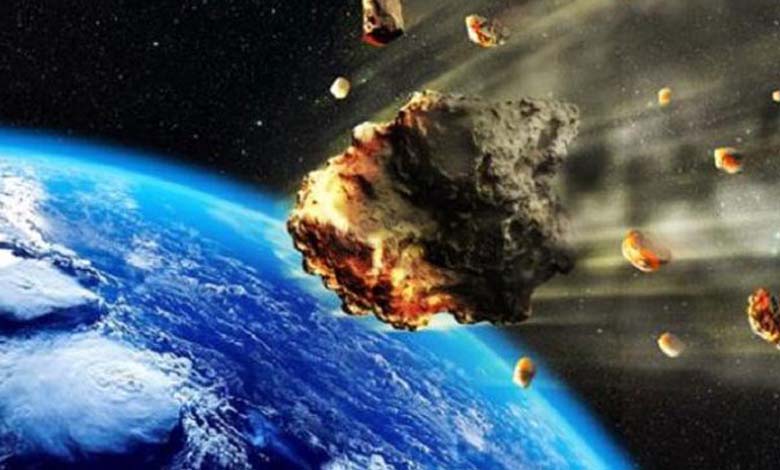Warning of a potentially “rare” cosmic explosion

NASA has announced that between June and September, a rare light explosion from a dead star, known as a “nova,” will occur in the constellation of Corona Borealis in the Milky Way.
According to the agency, the white dwarf and the red giant, known together as T Coronae Borealis or “Titan’s Star,” are responsible for this phenomenon. They are a binary system located approximately 3,000 light-years from Earth.
This phenomenon occurs when the white dwarf accumulates material from the red giant until it reaches high pressure and temperature, leading to a thermonuclear explosion that ejects this material into space in a stunning flash.
Rebecca Hounsell, a research associate at NASA‘s Goddard Space Flight Center, stated: “This once-in-a-lifetime event will create many new astronomers and offer young people a cosmic event they can observe.”
Dr. Elizabeth Hayes, head of the Astroparticle Physics Laboratory at Goddard, noted the excitement among astronomy enthusiasts, scientists, and citizens as they always look for strong and bright signals marking novae and other phenomena.
The agency noted that the cycle of material accumulation and explosion between the two stars repeats approximately every 80 years, with the last recorded nova occurring in 1946.
NASA and other observatories will use a variety of telescopes and instruments to study the nova. Notable among them are the Fermi Gamma-ray Space Telescope, the James Webb Space Telescope, the Neil Gehrels Swift Observatory, and the Imaging X-ray Polarimetry Explorer (IXPE).
The agency pointed out that this event provides a unique opportunity to better understand the structure and dynamics of recurring stellar explosions. The gamma-ray observation capability and the new X-ray astronomy tool, the IXPE polarization capability, will provide unprecedented insights into the lifecycle of these binary systems and the stellar processes that fuel them.












